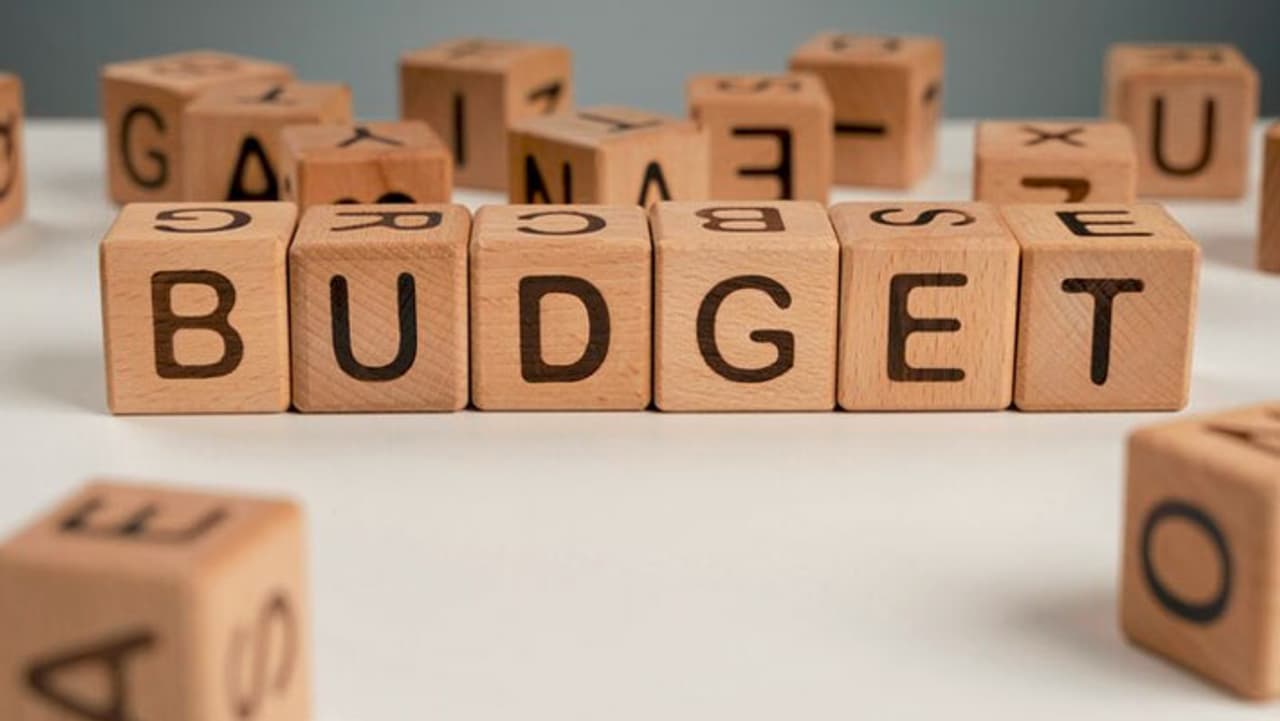Union Budget 2025: Relief or strain for working class amid economic recession?
The 2025 budget presentation poses a significant challenge for the Finance Minister and the Prime Minister. Maintaining the government's debt and expenditure targets will be difficult in the context of the economic slowdown and low GDP growth.

The 2025 Budget presentation poses a significant challenge for Finance Minister Nirmala Sitharaman and Prime Minister Narendra Modi. Delivering this budget amidst a slowing economy presents a major hurdle for the Finance Ministry.

The country's GDP has dropped below 6%. According to a Reuters survey, the government is likely to maintain its borrowing and spending targets in the budget presentation.
The responsibility of boosting economic growth may rest with the Reserve Bank of India. The estimated fiscal deficit of 4.5% of GDP could potentially rise to 4.8% by the end of the fiscal year.
From the IMF to the World Bank, all major institutions have lowered the GDP forecast for the current fiscal year to below 7%. In this scenario, it is expected that the government may tighten its purse strings in the upcoming budget.
In a Reuters poll conducted between January 22 and 27, economists predicted that the government would maintain its fiscal deficit target of 4.5% of GDP, with the median forecast estimating total borrowing at $165.53 billion.
Growth in Asia's third-largest economy slowed to 5.4% in the July-September quarter, down from an average of over 8% in the previous fiscal year.
It is expected that the government will increase spending on agriculture, which employs about half of the workforce, and also reduce income tax, which is paid by only a small percentage of citizens.
Government efforts to boost private investment and job creation have not yielded lasting results. In this country of nearly 1.4 billion people, the failure to create enough well-paying jobs, even after most people turn 30, has put pressure on domestic consumption.
Dhiraj Nim, an economist at ANZ, said that due to the high government debt-to-GDP ratio and significant borrowing costs, there is little room for fiscal generosity. As a result, all eyes are now on what will be presented in the budget.
Stay updated with the Breaking News Today and Latest News from across India and around the world. Get real-time updates, in-depth analysis, and comprehensive coverage of India News, World News, Indian Defence News, Kerala News, and Karnataka News. From politics to current affairs, follow every major story as it unfolds. Get real-time updates from IMDon major cities weather forecasts, including Rain alerts, Cyclonewarnings, and temperature trends. Download the Asianet News Official App from the Android Play Store and iPhone App Store for accurate and timely news updates anytime, anywhere.